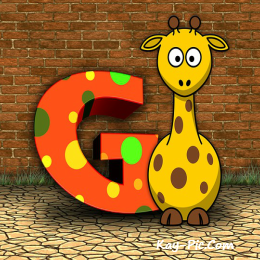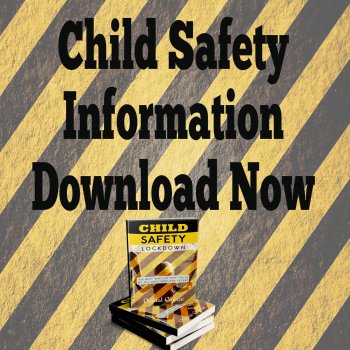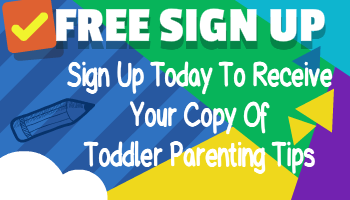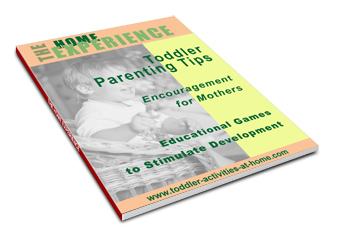Teaching Phonics Can Jump start Your Child's Reading Abilities
First of all, before teaching phonics it's important to understand what is phonics? Phonics is simply a reading and spelling tool to help us understand the relationship between letters and the sounds they make. While there are only 26 letters in the English alphabet, there are over 40 different individual units of sounds those letters create called phonemes.
Reading motivation...Read More...
Teaching Reading...Read More...
When should kids learn phonics?
Phonemic awareness starts very early and is the first step in learning how to read. Reading aloud to your very young children is so important because that's what helps them develop this skill of recognizing the sounds of words when they hear them spoken.
Schools start teaching phonics in kindergarten and first grade. As parents, you can start before your kids start school and you can certainly supplement the lessons they get in the classroom.
Tips for teaching phonics for kids at home:
- Make phonics fun
- Work at your child’s pace
- Do phonics lessons in sequence since each skill builds upon the previous one and focus on just one sound at a time
- Use phonics games and activities to reinforce learning. Using word games is a great way for most children to learn phonics.
- Utilize one of the many phonics reading programs that make it easy to teach in a fun and effective way
- Use large letters when teaching so it’s easy to read
- Teach in short sessions and know when it's time to stop. If you overload your child with too much information too soon you will only hinder their learning. No one knows your children more than you do; so pay attention to the signals when they are overwhelmed, frustrated or disinterested.
- Teach phonics in a way that takes your child’s learning style into account
- Use rhymes for a fun and easy way to make sure your kids understand phonics sounds
- Phonics alone is not as effective as combining phonics with sight word recognition, so make sure to include both teaching methods for greater ease and effectiveness. Introduce both slowly so you don't overwhelm your kids.
- Teach by using real life examples that your kids can relate to
- Let your kids identify the sounds of the letters (or sound pictures) instead of the name of the letter.
- Worksheets are a great way to have your kids practice phonics lessons.
Preschool Language
Vocabulary, Reading and Writing
Preschool language development begins with vocabulary and is followed by preschoolers reading and then early writing skills.
To develop vocabulary, it is very important that you talk to your child and not use baby words for things,
For example, avoid using words like 'doggy' for dog or 'baba' for baby. Learning a language is tricky, but it gets all the more difficult when you start making up your own words.
For a good foundation of preschool language, you need to talk and listen to your child. Later on this will help with their reading and their writing skills.
When you are talking or reading a story your child is taking a lot of information, they will study the movement of your lips, the sound that comes out of your mouth, the volume, the pitch and the rhythm of the words you say.
In fact, they are learning preschool language from you everyday.
More Reading Pages To Explore
To Help Busy Mums and Dads Here Are Some Related Shopping Items
When you purchase from this link, you are actually purchasing from Amazon.com, and you can have peace of mind that your order will be processed by Amazon’s secure order server.
Other Articles for You
Home l Stay At Home Moms l Toddlers Games l Toddler Exercise l Constipation in Toddlers l Shopping with Toddlers l Helping Toddlers Overcome Fears l Teaching Toddlers Manners l Toddler Music Activities l Homeschooling Toddlers l Toddler Bedroom l Toddlers And Food l Parenting Toddlers Alone l Reading to Toddlers l Aggressive Toddler l Toddler Sleep Tips l Buying toddler toys l Shy toddler l Development l Toddler Chores l Toddler Routines l Toddler Educational Activities l Toddler Learning Activities l Toddler Coloring Pages l











New! Comments
Have your say about what you just read! Leave me a comment in the box below.